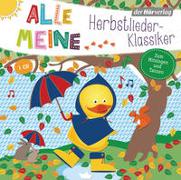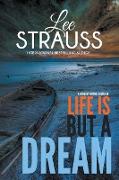- Start
- Guilt, Empathy and Reason: How Photojournalism Supported the Civil Rights Movement
Guilt, Empathy and Reason: How Photojournalism Supported the Civil Rights Movement
Angebote / Angebote:
Seminar paper from the year 2013 in the subject American Studies - Culture and Applied Geography, grade: 1, 7, University of Paderborn, language: English, abstract: The African American Civil Rights Movement of the 1950s and 1960s can be seen as one of the major events in America's history that fundamentally changed its entire society. In one of the most liberal countries in the world that defeated fascism and fought against communism, people of different ethnicity were still treated differently. While white people enjoyed all the rights, black people were excluded from public places, did not have the right to vote and were punished more severely than their fellow citizens. But the African American population stood up against these kinds of suppression and segregation in the middle of the 20th century and fought for their rights, especially with the help of their leading figures such as Martin Luther King Jr., Rosa Parks and Malcolm X. Even if they could eventually achieve some of their goals such as the abolition of segregated buses or the right to vote, their peaceful movement was most of the times violently stopped by policemen and white civilians.
Due to this unequal fight, the blacks' demands and sufferings captured more and more the media's attention and were documented especially through photography. This photography had a high impact on how the Civil Rights Movement was perceived all over the country and, as a consequence, indirectly helped the protestors in their plans. Interestingly enough, it is remarkable that nearly all these printed photographs show the Movement in a way that was unknown to people so that special emotions towards black people and the own behaviors were evoked: empathy and guilt. This then led to a new debate about racial discrimination and civil rights.
In this term paper I will therefore examine in more detail in which way photojournalism supported the African American Civil Rights Movement. I will start by giving a short overview of photojournalism and its effects on society. Then, I will continue by analyzing different types of photographs of the Civil Rights Movement that evoke feelings of empathy and guilt. For this purpose I will describe one exemplary photograph for each category and explain how influenced society. Finally, a conclusion with possibilities to expand the topic will follow.
Folgt in ca. 10 Arbeitstagen




